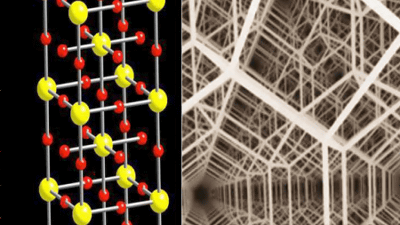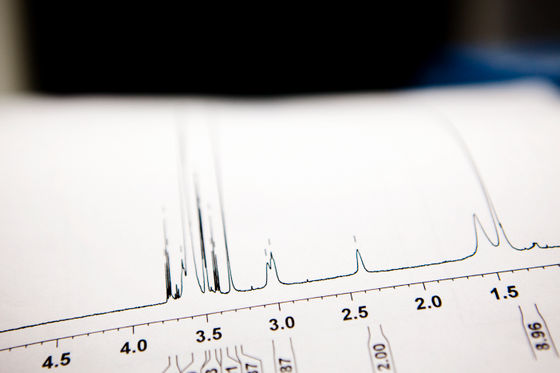How did the dream paper on 'room temperature superconductivity' turn out to be blank?

On September 26, 2022, the scientific journal Nature retracted a 2020
'Something is seriously wrong': Room-temperature superconductivity study retracted | Science | AAAS
https://www.science.org/content/article/something-seriously-wrong-room-temperature-superconductivity-study-retracted
Superconductivity , in which the electrical resistance of a material becomes zero, was a phenomenon that could only be achieved at temperatures close to absolute zero when it was first discovered. However, in an October 2020 paper, a research team led by Ranga Diaz of the University of Rochester in the United States found that by applying high pressure near the center of the earth to hydrogen-rich hydrides , the temperature at which superconductivity occurs is We reported that we were able to successfully raise the temperature to 15 degrees Celsius. You can learn more about this room-temperature superconductivity by reading the article below.
Succeeded in generating ``superconductivity'' at room temperature, which has been considered a phenomenon at low temperatures for more than 100 years - GIGAZINE

by Argonne National Laboratory
However, Nature retracted Diaz et al.'s paper on September 26th. It is said to be unusual for a paper to be retracted despite the objections of all nine authors of the paper. Regarding this, Diaz said, ``We support our research, and its contents have been verified both experimentally and theoretically.'' Ashkan Salamat, a physicist at the University of Nevada, Las Vegas and another lead author of the paper, also pointed out that the retraction does not call into question the reduction in electrical resistance, which is the key to superconductivity. 'We are perplexed and disappointed by the decision of Nature's editorial board.'
A precursor to Diaz et al.'s research on room-temperature superconductivity was research on superconducting hydrides that was first reported in 2015 by Michael Elemmet et al. of the Max Planck Institute for Science. In this research, Eremet et al. discovered that by applying pressure to a mixture of hydrogen and sulfur, the electrical resistance suddenly drops at a critical temperature of minus 70 degrees Celsius. -70 degrees Celsius is a low temperature that is far from room temperature, but it is much higher than absolute zero, so this achievement, which broke the previous record for the highest critical temperature by about 40 degrees, which had not been broken for about 20 years, is a high temperature. It attracted attention as a superconductor .
Succeeded in generating superconductivity in a much higher temperature environment than before - GIGAZINE

Furthermore, in a 2020 study, Diaz et al.'s research team reported that when they applied a pressure of 267 gigapascals using an experimental device called a diamond anvil cell, which crushes a sample with diamond, the electrical resistance of the hydride suddenly decreased. To do.
In superconductivity research, it is important to prove not only the reduction in electrical resistance but also another characteristic of superconductors: ``When a material exceeds a critical temperature and becomes superconducting, it eliminates the magnetic field.'' However, since it is unrealistic to measure such phenomena with a diamond anvil cell, scientists who work with hydrides often use an index called magnetic susceptibility . However, even in that case, magnetic signals from other devices in the room must be carefully removed before measurements can be taken, and an expert explains the difficulty of doing so, saying, ``It's like trying to see the stars while the sun is up.'' It is expressed as 'something'.
This magnetic susceptibility was also the point of contention in the paper's retraction. Diaz et al. reported that by subtracting the background magnetic signal from the recorded data, a magnetic susceptibility signal that is believed to have occurred in superconductivity appeared, but the paper did not include the raw data. . This point has been criticized by critics who say that it is a ``lazy calculation result'' that uses assumed values rather than actually measured values. However, Salamat argues, ``In high-pressure physics, it is very difficult to measure background signals, so it is customary to use assumed values.''

Following criticism of the lack of data, Díaz and Salamat published a paper in 2021 on the preprint server arXiv that describes how they subtracted the raw magnetic susceptibility data and background signals. Did. But Brad Ramshaw, a physicist at Cornell University, said: 'This paper raises more questions than it answers. The process from the raw data to the resulting data was incredibly opaque. ”.
Reproducibility has also been questioned. Mr. Eremet, who reported high-temperature superconductivity in his 2015 research, tried to reproduce the ``carbonaceous hydrogenated sulfur'' created by Mr. Diaz et al., but he failed all six times. Elemmet said, ``Díaz et al. taught us the basics of the experimental protocol, but they didn't tell us much about the details, such as what type of carbon was used to create the carbonaceous sulfur hydride. 'I didn't.'
On the other hand, Salamat said, ``We are keeping the door open,'' including publishing a paper reproducing carbonaceous sulfur hydrogenation in July 2022. Critics have questioned the independence of the study, which he led and co-authored with many of the authors of the 2020 study.
Mr. Diaz and his colleagues, who believe in their research on room temperature superconductivity, plan to resubmit a paper to Nature that shows changes in magnetic susceptibility using only raw data without removing background signals. Diaz and Salamat also co-founded a company called Unearthly Materials, which is working toward commercializing room-temperature superconductivity.
However, Elemmet said, ``I doubt that what Diaz and his colleagues claim is possible, because their research is like turning anything they touch into gold.'' expressed skepticism as to whether Diaz et al.'s new superconductor would stand up to scientific testing.
Related Posts:
in Science, Posted by log1l_ks






